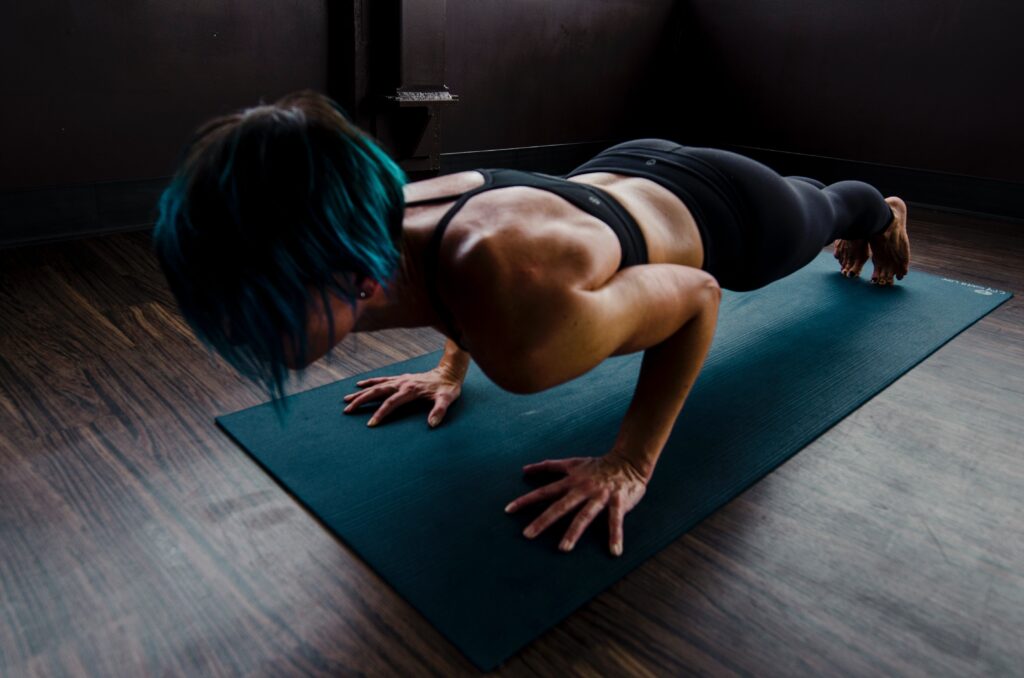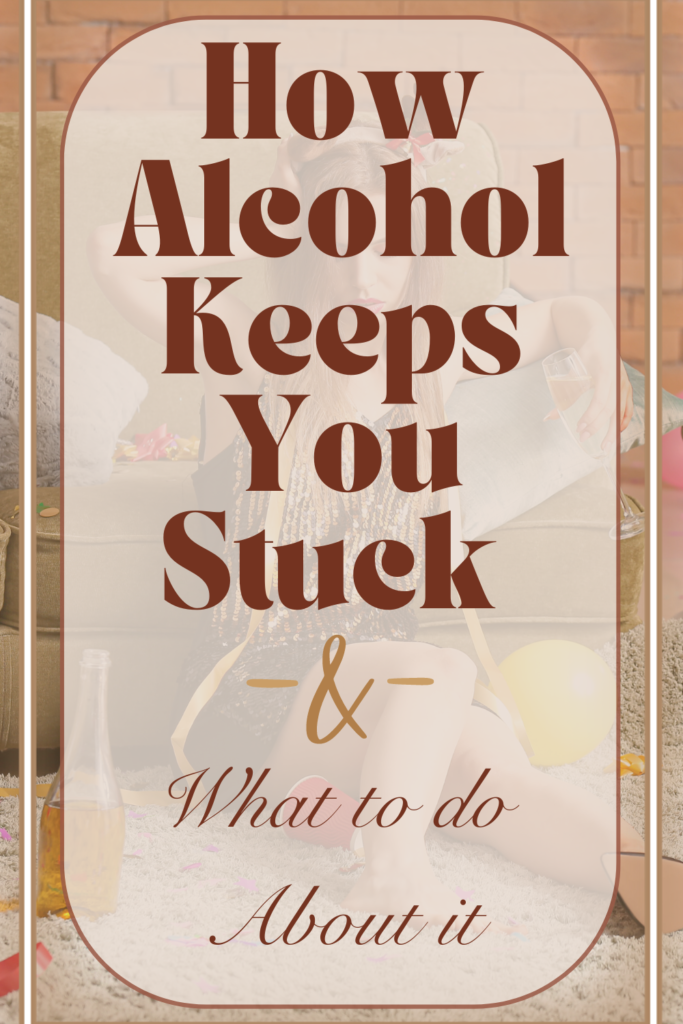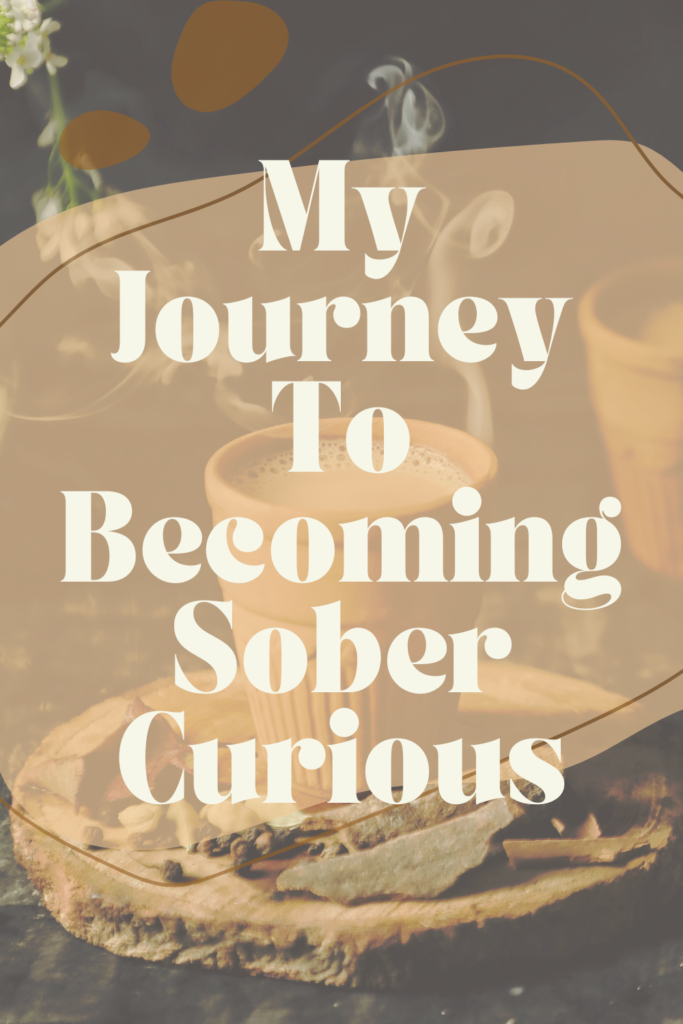Sharing is caring!
Your Relationship with Yoga?
Have you ever tried yoga and felt like it wasn’t good enough exercise for your cardiovascular system or muscles? Why do it if it doesn’t “work you out” right?
Well, I wrote this post to act as a wealth of information on the ways that yoga can literally change your brain and, of course, your body! I also want to provide some information on different types of yoga in the hopes that you feel as though maybe it can fit into your life and benefit you and what you want from your workout routine. I’ll give you a very short back story on my relationship with yoga.
My Personal History with Yoga
Since college, I’ve practiced yoga (with the exception of my years long break) but I never used it to improve my mental and physical health. I just treated it like another form of exercise and to maintain some flexibility went on my merry way. That meant I kept on drinking and smoking to deal with stress and never understood that yoga could act as a form of movement meditation to decrease stress and increase mental and physical health.
By the time I was done having my babies, I was determined to get lean and strong through HIIT and strength training so I dropped yoga altogether because I didn’t feel that it was “doing” anything for my figure or strength.
Fast forward, I’m sober- curious and vehemently trying to figure out how to maintain stability with my mental health as I’m an entrepreneur/stay at home mom. I binge drink one day, after a year of drinking beautifully in moderation, and promise myself that I will find a way to find a regular sense of peace in my life, so that I don’t feel the urge to binge drink again.
Want to learn about my sober curious journey? Then check out my blog post here.
Are you curious about how alcohol keeps you stuck? Then click here to learn from my post on that!
Enter: Meditation. I begin to meditate 2 times a day for 10 minutes. Everything changes. I’m more patient, I’m slower with my reactions after being frustrated with my toddlers, and less intensely and frequently upset.
I also began doing yoga again because I realize it’s a form of movement meditation. I didn’t commit to one full hour but whatever amount I can squeeze into my life. I feel more flexible and in touch with my body and my thoughts almost immediately. I’m flabbergasted as to why I ever stopped!
After giving this example of change in my own life due to yoga and meditation, I want to highlight what was likely happening for me when yoga entered back into my self-care and workout routine.
How Yoga Changes your Brain & Body
Yoga Changes Your Brain
Let’s talk about what yoga can do for the brain first:
Let’s talk about what yoga can do for the brain first:
- Yoga releases GABA- a special neurotransmitter that has the job of suppressing neural activity which assists in your brain not getting overly excited with fear, stress anxiety and nervousness.
- Yoga also releases happiness chemicals galore- yoga releases the feel-good chemicals into your brain. Those feel-good chemicals are oxytocin, endorphins, serotonin, and dopamine! That’s a healthy and happy dose of feeling great😊
- Reduces cortisol levels- Yoga reduces cortisol (stress hormones). Cortisol is what keeps your whole-body alert. So, if you decrease cortisol, you may feel an overall calm which can help with better sleep and reduced stress. A decrease in cortisol also improves your immune system and reaction to injury.
- Increases gray and white matter in your brain- In a nutshell, hearty gray matter in your brain means a happy and well-functioning brain! Gray matter is made up of a concentration of neurons and is responsible for many functions in the brain. White matter consists of connections between different parts of the brain. It’s important that the white matter in the brain is strong as well.
- Increases the folds in your brain- the more folds in your brain the more space to hold brain cells! Who doesn’t want more space for more brain cells?
- Yoga can help with burnout- By increasing interoceptive (the feeling of know what’s happening in your body) awareness. When you listen to your body’s signals and are more mindful of your mental and physical health you can take action to prevent burnout.
Yoga Changes Your Body
- Increases strength- depending on which yoga class you take you may be holding poses for minutes at a time. Your muscles may even begin to shake! Have you ever seen a yogi hold a handstand for a minute? That pose, among others, takes some serious muscle contraction to hold-proof yoga leads to stronger muscles.
- Increase your flexibility- which then leads to a reduction in the possibility of injury. Flexibility increases your joints’ ability to move through their full range of motion. This can lead to better performance in other physical challenges like other types of exercise or raising children!
- Improves sleep- studies have shown that yoga has both led to people falling asleep faster and staying asleep throughout the night. This is due to the reduction in cortisol and the body needing to rest after energy is used for exercise.
- Improves cardiovascular system– with “pranayama” breathing which means the regulation of breath through certain techniques and exercises. Controlling the pace of your breathing has positive effects on your cardiovascular system overall.
- May increases bone density through their isometric holds- there have been studies that show that just 12 minutes of yoga a day has increased bone health
Want to learn more about how wonderful yoga can be for your body? Check out this article from healthline here.
Different Types of Yoga to Fit You & Your Life
Readers, there are 35 different types of yoga! If you want to read more on all 35 types of yoga, you find that info here.
For the sake of this post, I’m going to talk about the types you may find in your average yoga studio.
- Hatha
- Completing one posture and then moving on to another posture that counteracts the previous posture to balance the body
- Ashtanga
- Ashtanga is a faster paced style of yoga that leads you through a sequence of specific poses that may repeat throughout class. It’s a bit of an intense form of yoga and isn’t recommended for beginners.
- Vinyasa
- Vinyasa is a mixture of ashtanga and hatha. This form of yoga matches your breath with your movements which, from my understanding, can be considered movement meditation. Each pose leads to the next which means Vinyasa can also be listed as a “flow” class.
- Yin Yoga
- The aim of Yin Yoga is to deeply stretch the connective tissue. As a result, you may hold each pose for 5 solid minutes.
- Restorative Yoga
- Restorative yoga is so not much to stretch but more so aims to align the different sections of your body using props such as blocks or pillows, so that, when aligned, your body can relax for up to 15 minutes at a time which leads to the release of tension and stress.
In Conclusion...
I hope this post reveals the powers that practicing yoga has in store for you. Even starting with 5 minutes a day or even once a week can introduce you to what some yoga poses feel like and how your body feels afterwards. Do you already do yoga? Have you always wanted to give yoga a try?
Please feel free to leave comments on all things yoga! I also love to see what my readers want to read about in my blog post.
Until next time,
Kristi
Sharing is caring!


